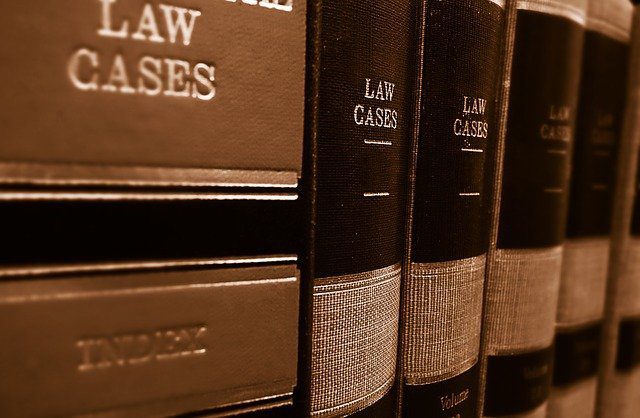Ohio’s Top Court Creating a Public Database

In October 2021, the Ohio Supreme Court announced that it would pay the University of Cincinnati $800,000 to create a searchable database of all criminal sentences handed down by Ohio trial judges.
The public will eventually be able to enter search queries into this database. Ohio’s Chief Justice, Maureen O’Connor, helped lead the work to this new agreement. Due to age limits in Ohio’s judicial system, she has less than two years left in the chief justice position, and is not allowed to run for re-election.
Currently, OhioSentencingData.info is a website that is preparing for the information to be made public, and they asked a few questions as example queries:
- What sentence did courts impose for each felony offender?
- How many people were sentenced to a specific felony offense this year?
- How many people were placed on community supervision?
- How many people were found guilty (weren’t sentenced)?
- How many sentences are imposed as a result of a plea bargain?
The move to have aggregate data began in 1999, when Ohio’s Supreme Court had a racial fairness commission. This commission called for a sentencing database “to gather concrete information about the fairness and proportionality of criminal sentences.”
O’Connor expects some of the main groups accessing the database will be journalists, researchers from universities, and criminal justice students. She said that the database will have detailed information about the people receiving different types of sentences, saying “It will be even more fine-tuned. African American men, with this kind of record, this level of education, this level of employment, who lives here, etc. You put all those variables in, and you get a much more accurate response.”
Ohio has 244 common pleas judges, and so far, 34 have volunteered to take part in the sentencing database program. Ohio will be the first state in the U.S. with a criminal sentencing database.
O’Connor that people will not be able to search for sentences from specific judges – that is, people will not be able to see if one particular judge imparts unequal sentences, or disproportionately favors one ethnic group over another.
There are legal scholars who have raised concerns about the use of the database. Some have suggested that such queries will give people the wrong idea, that racist treatment in the criminal justice system is centered in the judiciary – rather than being based in which people police arrest, which cases prosecutors choose to take to court, and which criminal lawyers are able to get plea agreements.
